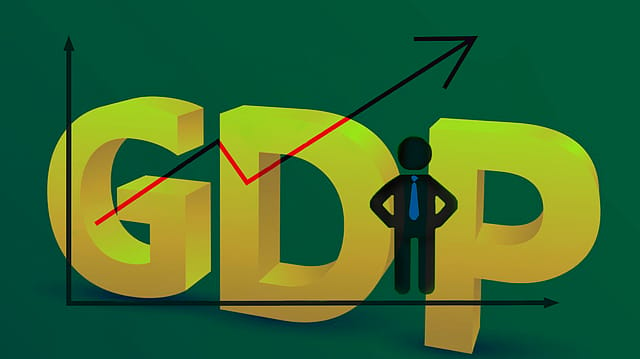MoSPI to revise GDP base year from 2011-12 to 2022-23; here’s how it can impact GDP data
ADVERTISEMENT

The Ministry of Statistics and Programme Implementation has announced an update of the base year for calculating Gross Domestic Product (GDP) from 2011-12 to 2022-23.
The Minister of State (Independent Charge) for the MoSPI, Rao Inderjit Singh, provided this information in a written reply in the Rajya Sabha on Monday.
To oversee this transition, a 26-member Advisory Committee on National Accounts Statistics (ACNAS), chaired by Biswanath Goldar, had been formed last week. This committee comprises representatives from the Central and State Governments, the Reserve Bank of India, academia, and researchers. The committee is tasked with the identification of new data sources and refinement of the methodology for compiling National Accounts Statistics.
The previous ACNAS had recommended 2020-21 as the base year, but the plan was abandoned due to disruptions caused by the COVID-19 pandemic.
What changes with the new base year?
As India begins a new quarter and calendar year with the announcement of a revised base year, significant changes are expected in the GDP data. The exact timeline for these changes in the data is yet to be known, but they are expected to show a slight increase.
January 2026
Netflix, which has been in India for a decade, has successfully struck a balance between high-class premium content and pricing that attracts a range of customers. Find out how the U.S. streaming giant evolved in India, plus an exclusive interview with CEO Ted Sarandos. Also read about the Best Investments for 2026, and how rising growth and easing inflation will come in handy for finance minister Nirmala Sitharaman as she prepares Budget 2026.
Regularly updating the base year is crucial to ensure that economic indices reflect changes in the economy's structure, such as shifts in consumption patterns, sector weights, and the inclusion of new industries.
The new base year and revised calculation methodology will enable India to track economic changes more effectively, including emerging sectors like renewable energy and services such as the gig economy. Currently, India does not use seasonal adjustments for GDP or other key indicators like consumer inflation and industrial production.
India currently uses FY12 as the base year for GDP statistics. The GDP estimates undergo five revisions, with the final numbers released two years after the first estimate.
The ministry had last updated the base year in January 2015 from 2004-05 to 2011-12 and had called these updates as necessary to reflect the structural realities of the country.
“With structural changes taking place in the economy, it is necessary to revise the base year of macroeconomic indicators like Gross Domestic Product (GDP), Index of Industrial Production (IIP), Consumer Price Index (CPI) etc, periodically to ensure that indicators remain relevant and reflect the structural changes more realistically. Such revisions not only use the latest data from censuses and surveys, it also incorporate information from administrative data that have become robust over time,” the ministry said in a 2019 statement.
Changes made in past to improve statistical system
The government revealed the various measures that have been implemented to improve its statistical system, including standardising data structures for consistent quality reporting across the National Statistical System, with steps such as the formation of ACNAS and the use of administrative data, and an Economic Census to gather detailed data on economic activities.
